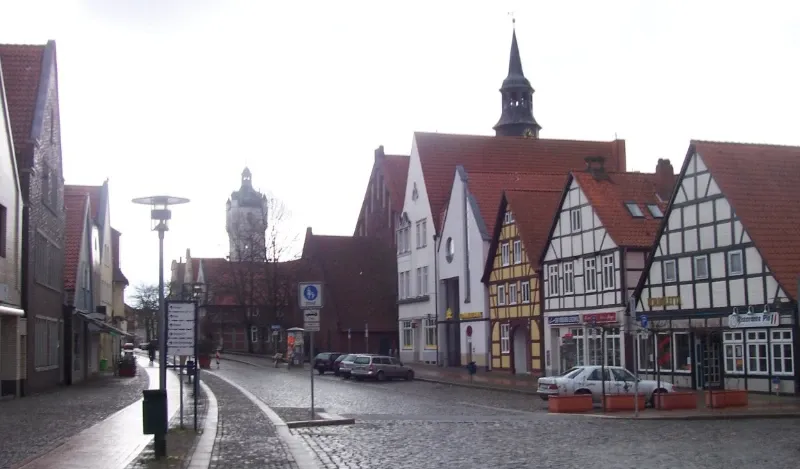First Flight on the Backwards Express: My Arrival in Cold War Germany

In 1972, a couple of weeks after my "passing out" parade at the Army Apprentices College in Harrogate, my grand military career took to the skies. My journey began at RAF Brize Norton, where I boarded an RAF VC-10. This was not only my first time on a plane but also my first and last time on an aircraft where the seats faced backwards, away from the direction of travel. We were told it was a safety factor, a sensible precaution should the worst happen. But at 500 miles per hour, I didn't think facing the tail would make one iota of difference if we nose-dived into the ground. It was a memorable way to begin my life in the big boy's army.
My first posting was to 1 Armoured Division HQ and Signal Regiment in Verden an der Aller, West Germany. The unit was part of the British Army of the Rhine (BAOR), an organisation that had evolved from administering a post-war occupation zone to protecting the west from Soviet aggression as part of NATO. In 1972, the British Army was in full Cold War mode. For us on the ground, that meant we spent roughly nine months of the year on exercise, freezing our balls off, wet and cold, somewhere in an unforgiving German forest. Being allocated a barn for the night felt like moving into the Ritz.
A German Town and a Teenager's Disinterest
Verden was a lovely, small town—neat, clean, and tidy in a way only Germans seem to manage. It was a world away from the litter, mess, and occasional squalor of Blaen y Maes or Wern Fawr Road. Its roads were mostly cobblestoned, and a huge brick cathedral dominated the town centre. I've since discovered that Verden has a fascinating history, including a massacre of some 4,000 Saxons in the 780s and the construction of its Lutheran Cathedral around 1160, possibly the first brick construction in north-west Germany. These historical facts are incredibly interesting to me now, but back then, at the age of 17, I didn't give a toss.
Caithness Barracks, our new home, was located about three-quarters of a mile from the town centre. The cobblestoned road leading to it was wide and featured a dedicated bicycle path—a concept completely unheard of in the UK at that time. The barracks themselves were solid, red-brick structures built before the war. I believe they had once housed a German army horse-drawn artillery unit. While my memory of the precise layout is hazy, the three-storey barrack blocks look much the same today, though now they serve a more peaceful purpose as town council administration buildings. Verden has certainly grown up, a fact a quick look on Google Maps and Street View will confirm.
The Adventures to Come
This section of my memoir will cover the two years I spent in Verden, from the trials of Cold War training to the simple pleasures of a soldier's life. You'll hear why the free world should be grateful the Soviets never invaded on a Friday evening, how my education evolved beyond my mother's Littlewoods catalogues, and a few stories about cheap petrol, fags, and booze.